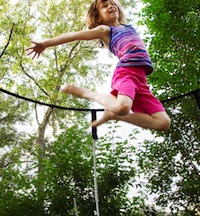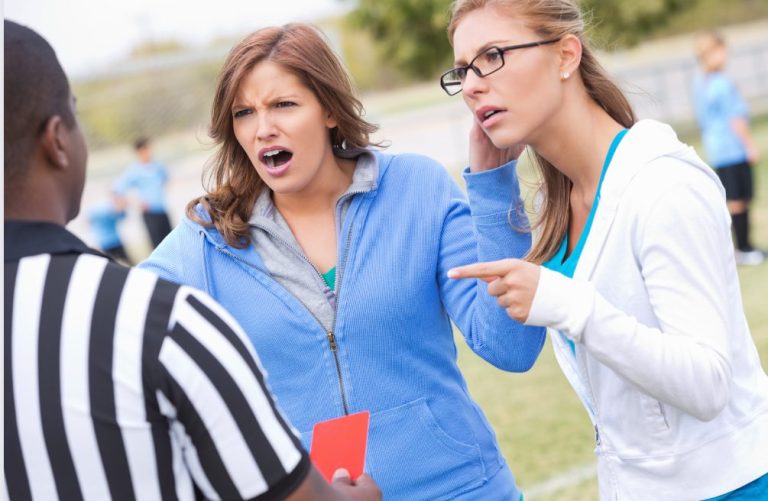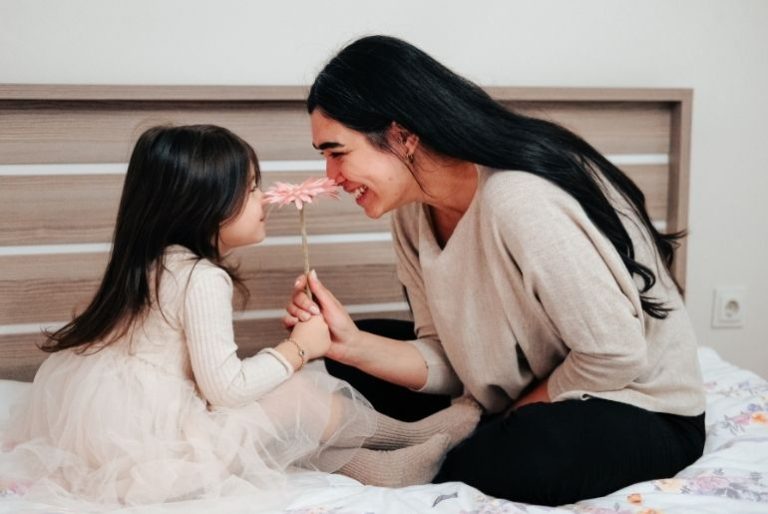Imagine this. Put a child on a moving mat suspended a metre off the ground. The mat’s job is to throw the child in the air. Surround it with rows of metal springs with gaps between them, then put a metal frame around that. The child now has is to keep balance and stay on.
Sound like a recipe for trouble?
You don’t have to use too much imagination – this description of the humble home trampoline is something we all recognise.
But it is bizarre isn’t it, when you think about it – our job as parents is to provide opportunities for children to explore and experience the world in a way that develops their physical and mental wellbeing (which trampolines are fantastic for doing) – yet traditional trampolines are a 1930’s design; hard, metallic, and leave a huge amount of the child’s safety to chance.
That’s what Springfree inventor, Dr Keith Alexander, thought when he went to buy a trampoline for his girls. His wife told him no way would she allow it because they’re too dangerous. He looked into the injury statistics (he’s an academic, after all!) and found that, of course, his wife was right. In fact in the US the Paediatrics Association had called for home trampolines to be banned outright because they put over 100,000 kids in hospitals every year.
But we’re kiwi families, right. We want our kids outside, breathing fresh air, getting physical, so banning trampolines is over-the-top when there are so many benefits to them (in fact NASA scientists found that 10 minutes of trampolining provides the same aerobic benefit as 30 minutes of running! And it’s great for developing coordination, balance and strength in kids).
Being an associate professor of the mechanical engineering department at the University of Canterbury, Keith saw a challenge to be solved – he set about designing a safer trampoline. To cut a long story short – he did. It took 10 years of research and development, but finally he created the Springfree – one of the world’s safest trampolines.
Another great Kiwi trampoline innovation came along in 2009. Jumpflex released a Kiwi designed and manufactured trampoline, again with safety baked into the design and engineering.
And it all happened here in our own backyard. Kiwi innovation yet again creates an elegant ‘best in the world’ solution.
Of the avoidable trampoline injuries (that is, ones that could be ‘designed out’ by things like coming up with a design without springs, designing the frame so it’s impossible to fall on, creating an effective enclosure net, etc), the Springfree reduces injury by up to 98%.
Be aware though, a large number of injuries happen with kids colliding heads or falling on one another, so even on a Springfree, the best way to avoid injury is to enforce a ‘one at a time’ rule.
So embrace the bounce – but remember, assess your options well to get the best of fun and safety.






Inovation is awesome esp. when it keeps my kiddos safe! Thanks for making trampolines safe #Springfree